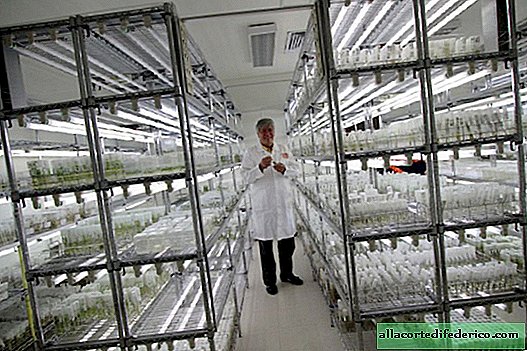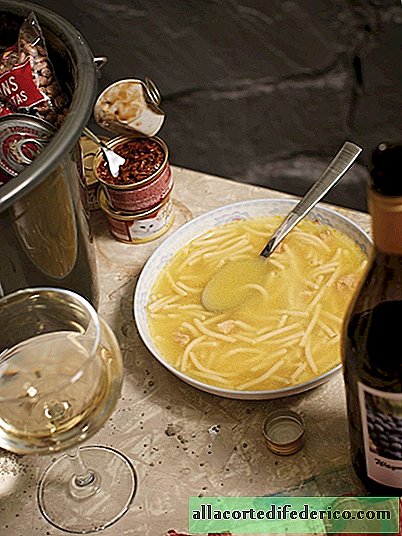How Europeans manage to produce a huge number of plants at a low price
Dutch tulips and orchids, Polish and Serbian roses for the garden, German indoor and outdoor plants - European nurseries filled their products with flower markets not only in Europe, but also in Russia, Kazakhstan, Ukraine and many other countries. What is most surprising, this occurs at a high level of European salaries and significant costs for compliance with stringent production and environmental standards. But how do they manage to produce such a huge number of indoor and garden plants, cut flowers at a low competitive price? The answer is simple: using microclonal propagation.

How many new orchids can be obtained from one adult orchid, and after what time does the precious plant bloom and be ready for sale? The answer to this question depends on the method of reproduction. If you sow seeds, you will get several tens of plants that will bloom and will be ready for sale in 3-4 years, depending on the species. If you use the vegetative method of reproduction, try to stimulate the growth of daughter rosettes, then the resulting plants will bloom in a year or a half, but their number will be small, only a few copies. In the first case, we get a fairly large number of plants, but it takes a lot of time, and therefore, the cost of the final product will be high. In addition, accurate copying of the uterine plant is not always achieved, since during seed propagation the offspring may differ from their parents. In the second case, we will have to contain a significant number of mother plants on large areas to get a large batch of new identical specimens, and for this reason this method can also not be called effective from an economic point of view. But there is another way that solves all these problems - the method of microclonal propagation of plants, which allows you to get hundreds and thousands of copies from one plant. At the same time, reproduction occurs in laboratory conditions, without occupying significant areas of land.

Microclonal propagation, or in vitro plant propagation technology, also relates to the vegetative propagation method. That is, as a result of a successful process, you get an exact genetic copy of the source material, many copies, the number of which is limited only by the spaces of your laboratory.

The first step in the process of microclonal propagation of a plant is the selection of a healthy parental specimen from which tissues are taken for further propagation. Placed in sterile favorable conditions, the tissue of the plant forms new cells, from which future independent plants begin to develop. Development occurs only in a special nutrient medium, the composition of which is individual for each type of plant. The first few weeks, the plants develop in laboratory conditions, then they are gradually accustomed to typical habitat conditions and sent for growing in greenhouses or open ground. This method of vegetative propagation allows you to get in a short time a large batch of new healthy plants that do not suffer from diseases and have better growth indicators, which, of course, affects the cost of plants.

For the first time in this way it was possible to grow orchids, but today, using microclonal technology, a wide variety of plants are propagated, including those from which it is very difficult to obtain offspring by traditional methods. The first successes in this area were achieved by the French scientist J. Morel in the 1950s. Since then, hundreds of laboratories specializing in the microclonal method of reproduction have appeared in European countries, the USA and Japan. Any large modern nursery in Europe and the USA has its own laboratory, in which new planting material is grown. There are also microclonal laboratories in Russia, but their number is not so large compared to Europe.


















